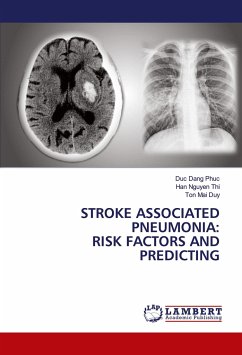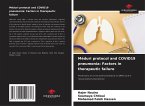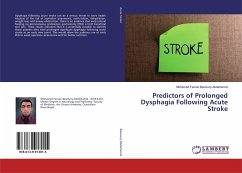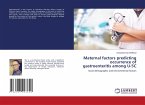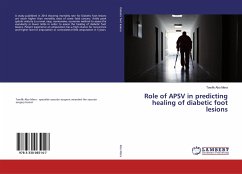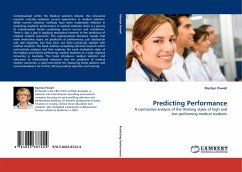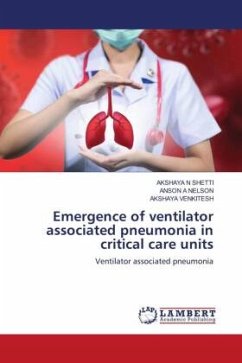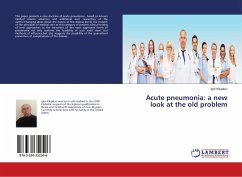Stroke is a leading cause of mortality, disability and there are substantial economic costs for post-stroke care. Stroke-associated pneumonia (SAP) is an important cause of post-stroke morbidity and mortality. It is a common post-stroke complication, affecting approximately 14% of patients with stroke. Stroke patients suffer from many risk factors for pneumonia such as dysphagia, aspiration, stroke-induced immunodepression syndrome, immobility due to paralysis, impaired consciousness ... The patients with SAP have significantly higher mortality and morbidity as compared to non-SAP patients. Beside it, SAP increases medical cost and length of stay in hospital. The diagnosis of SAP faced many difficulties due to the characteristics of stroke patients: fever, decreased cough, altered mental status, leukocytosis with a left shift ... Despite improvements in acute stroke care, SAP remains the most frequent complication after stroke and is associated with poor outcome. Early identification of patients at high risk for SAP might help to justify increased monitoring and tailored prophylactic measures in clinical routine.
Bitte wählen Sie Ihr Anliegen aus.
Rechnungen
Retourenschein anfordern
Bestellstatus
Storno

